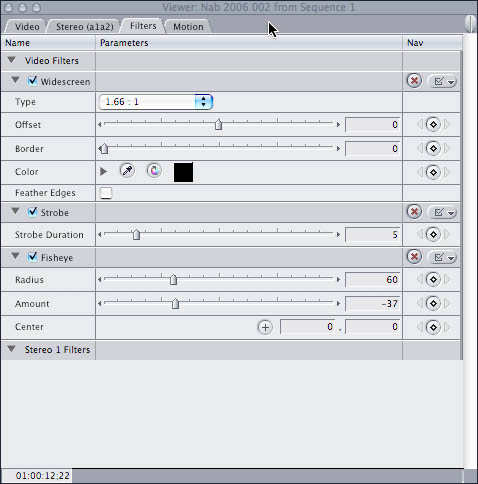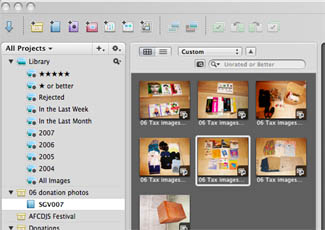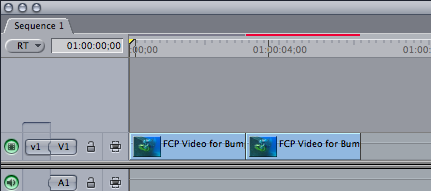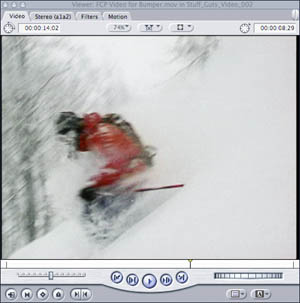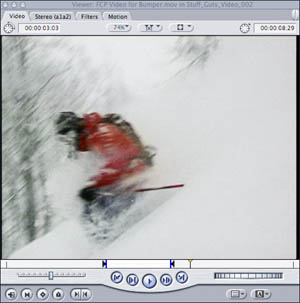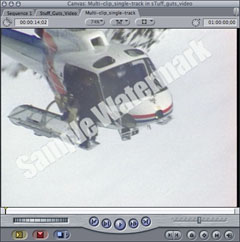This episode I’m discussing object oriented editing. Now, at first, that may sound a lot like programming and I did steal the term from object-oriented programming but the core idea is the same. Take a larger project and break it down into smaller reusable chunks. By dividing a project up into discrete sections it can make the project easier to manage. So how do you break a video project down into smaller reusable chunks?
Each project type determines how well this technique works, but it can be especially beneficial to event videographers. Let’s look at shooting a wedding as an example. A wedding can typically be organized into several distinct sections:
Pre-ceremony
Ceremony
Reception
Additionally there could be a pre-wedding party where the families meet.
Pre-ceremony can be divided into: Preparations and Set up, the Newlyweds and Wedding Party Getting Ready and Photos.
The reception can be broken down to: Arrival and Mingling of Guests, Arrival of the Newlyweds, The Dinner, Toasts, First Dance, Cutting of the Cake, Garter Toss, Bouquet Toss, More Dancing and Fun, Guest Interviews, The Departure of the Newlyweds, and Post Reception Madness.
What’s nice about this is that most weddings pretty much follow the same format. So, shoot one wedding and edit it together and you have a template for the next wedding. This can also work for Birthdays, Retirements, Bar/Bat Mitvahs, Roasts, etc.
Because Final Cut Pro treats sequences as if they were video clips, create individual sequences for each discrete component or section of the project, and combine the component sequences together in a final master sequence. This can streamline the editing process, as each component sequence or “object” can be edited more quickly with greater focus.
When working with a group of editors, each sequence can be assigned to a different editor and combined by a supervising editor, again creating a more efficient workflow. Another benefit is when changes are made. In most cases, only the component sequence needs to be adjusted. Changes made to the individual sequences are automatically updated in the master sequence.
Once a project is set up this way it can be used as a template for similar projects. So for the next wedding (or other event) project open up the previous Final Cut Pro project and save a copy. Import the new footage and use replace edits to replace the old material with the new material. A few title and style changes later the project is ready for output. This helps finish event projects more quickly, allowing you do do more events per year.
This technique may not work equally well for all projects, but if you think about how the project is organized and how it can be broken down into smaller bites, it can definitely help make editing faster and more fun.
See you next episode.
